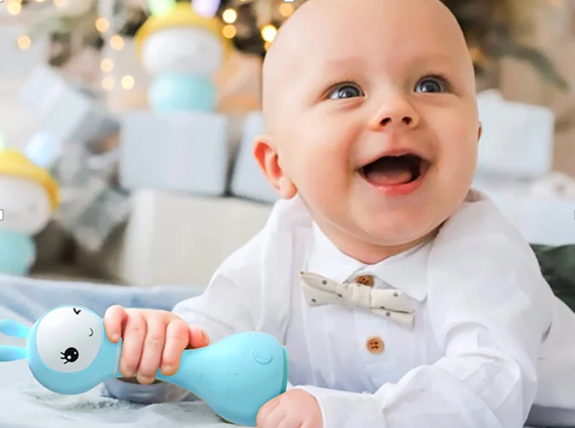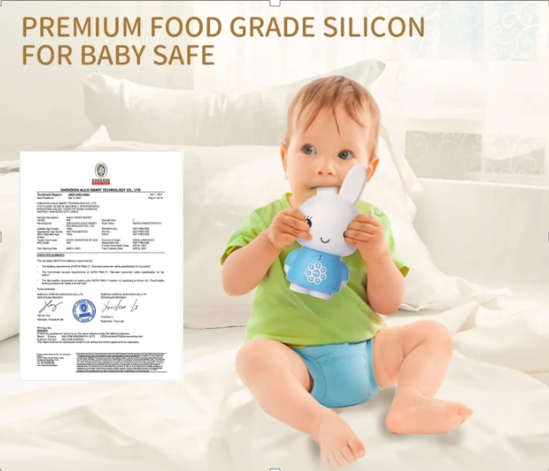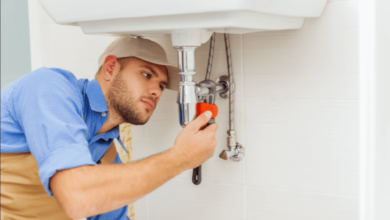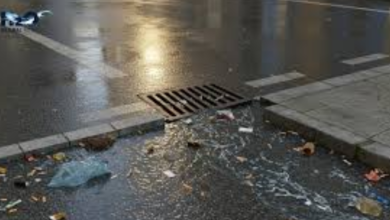How Often Should You Clean Your Baby’s Toys?

Keeping your baby’s environment clean is essential for their health and safety. Babies are naturally curious and often explore their surroundings by putting toys in their mouths, which can expose them to germs and bacteria. Regularly cleaning toys not only minimizes these risks but also helps maintain the toys’ longevity. Parents often wonder, when do babies start to play with toys? The answer varies, but as soon as babies can grasp objects, they begin exploring toys. This makes it crucial to ensure that these items are free from harmful contaminants. In this article, we will discuss how often you should clean your baby’s toys, the best methods for sanitizing them, and when to consider replacing them.
How Often Should Different Types of Baby Toys Be Cleaned?
Daily Cleaning: Teethers, Rattles & Frequently Used Toys
Daily cleaning is essential for toys that your baby uses frequently, such as teethers and rattles. These items often end up in your baby’s mouth, making them prime candidates for accumulating germs. A simple rinse with warm, soapy water can effectively remove saliva and other residues. For instance, if your baby has been teething, they may drool more, increasing the need for thorough cleaning. It’s also wise to check for any signs of wear and tear on these toys, as damaged items can pose safety risks. Regularly cleaning these toys not only protects your baby but also helps establish good hygiene habits early on. Additionally, consider having a few extra teethers on hand, so you can rotate them while others are being cleaned.
Weekly Cleaning: Plush Toys, Bath Toys & Activity Gyms
Plush toys, bath toys, and activity gyms should be cleaned at least once a week. These items can harbor dirt and bacteria over time, especially plush toys that are frequently cuddled. Washing plush toys according to the manufacturer’s instructions—usually in a gentle cycle—can help maintain their cleanliness. Bath toys, often exposed to moisture, are prone to mold if not cleaned regularly. A mixture of vinegar and water can effectively sanitize these toys without using harsh chemicals. Activity gyms, where babies spend considerable time playing, should also be wiped down weekly to keep them hygienic. Consider using a damp cloth with mild soap to clean the surfaces of these toys.

Monthly Cleaning: Larger Toys & Those Used Less Often
Larger toys and those that are not used as frequently should be cleaned at least once a month. These toys can include ride-on vehicles, play kitchens, or larger blocks. While they may not be handled as often, dust and allergens can still accumulate on their surfaces. A thorough wipe down with a damp cloth and mild soap can help keep them in good condition. Additionally, this is a good opportunity to inspect these toys for any signs of damage or wear. If you notice anything that could pose a safety risk, it’s best to address it immediately. Keeping a cleaning schedule for larger toys ensures that they remain safe and inviting for your baby.
See also: Andrew Santino Partner : Private Life or Public Curiosity
What Are Special Cleaning Situations for Baby Toys?
After Illness or Drooling Phases
Special cleaning situations arise after your baby has been ill or during intense drooling phases, such as teething. After an illness, it’s crucial to sanitize all toys that your baby has come into contact with. This includes wiping down surfaces with disinfectant wipes or using a safe sanitizer. The goal is to eliminate any lingering germs that could potentially infect your baby again. During teething, toys that are frequently chewed on should be cleaned more often to prevent the buildup of bacteria. A good practice is to have a few extra toys on hand that can be rotated in and out while others are being cleaned.
What to Do When Toys Fall on the Floor or Go Outside
Toys that fall on the floor or are taken outside require immediate attention. Floors can harbor a variety of germs, and outdoor environments expose toys to dirt and bacteria that are not typically present indoors. If a toy has fallen, it should be cleaned right away, especially if your baby is likely to put it back in their mouth. A quick rinse with soap and water can suffice for most hard toys, while plush toys may need a more thorough wash. Additionally, keeping a designated area for outdoor play can help minimize the transfer of dirt and germs into your home. Regularly inspecting toys for dirt or damage after outdoor play can also help maintain their safety and cleanliness.
How to Clean Secondhand or New Toys
When bringing new or secondhand toys into your home, it’s wise to clean them before your baby uses them. Secondhand toys, in particular, may carry unknown germs or allergens. A thorough wash with soap and water is advisable, followed by a rinse to remove any residue. For plastic toys, a mixture of vinegar and water can serve as an effective sanitizer. New toys should also be cleaned, as they may have been handled by many people before reaching you. This extra precaution ensures that your baby starts with a clean and safe play environment.
When Should You Replace a Toy Instead of Cleaning?
Despite regular cleaning, there comes a time when a toy may need to be replaced instead of merely cleaned. Signs of wear and tear, such as fraying fabric, broken parts, or discoloration, indicate that a toy is no longer safe for use. Additionally, if a toy has absorbed odors or stains that cannot be removed, it may be time to say goodbye. Toys that are missing small parts can also pose a choking hazard and should be discarded. Regularly assessing your baby’s toys ensures that they are safe and enjoyable for playtime. By being vigilant about the condition of toys, you can prevent accidents and ensure that your baby has safe options for play.
Conclusion
Maintaining a clean and safe play environment for your baby is essential, and understanding how to properly clean and care for toys is a vital part of this process. Regular cleaning routines, special cleaning situations, and careful selection of cleaning products all contribute to your baby’s health. If you’re looking for a variety of toys that are both safe and engaging, it’s worth exploring the diverse options available from brands like Alilo. Their selection of toys can help ensure that your baby has safe and enjoyable play experiences, fostering their growth and development in a clean environment.




